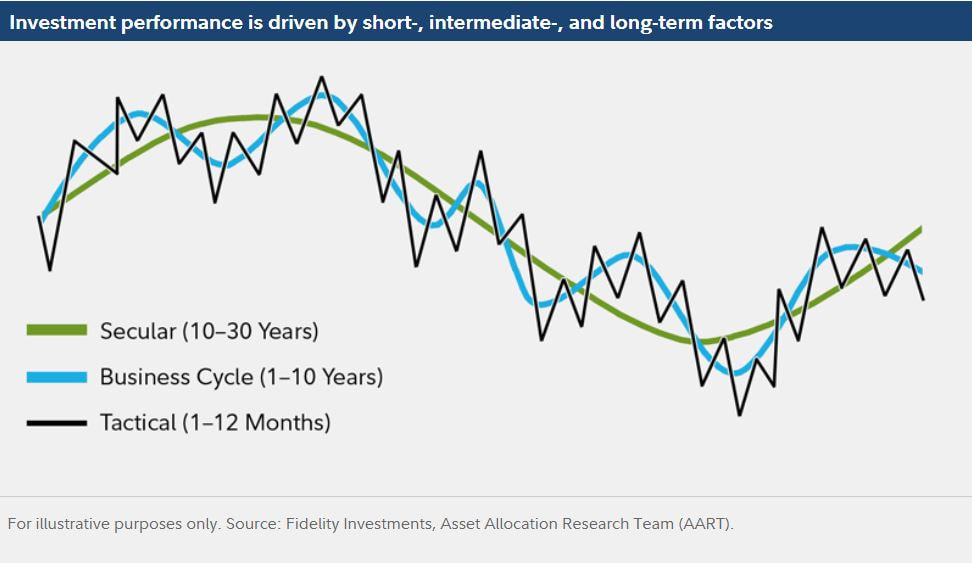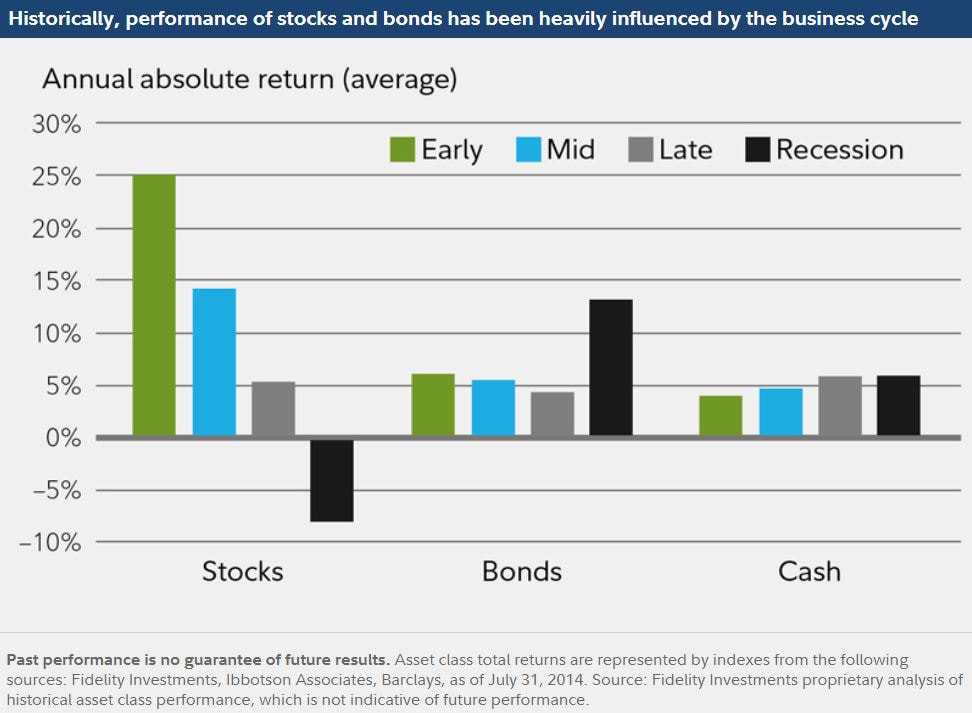Alternatives to emerging state-provided options:
- Stand-alone LTC policy
- Life insurance with an LTC rider
- Annuity with an LTC rider
- Single-premium options for all of the above
Lifestyle consideration points:
- Is there a need for life insurance as well as LTC benefits? If so, are you insurable? If not, an annuity with LTC rider might be the best way to provide LTC benefits without underwriting.
- Are you planning to retire outside your current home state? If so, a state-run program might not work for you in the long run.
- Have you considered changing you target retirement date? For Washington employees in particular, this is now a valid question. For example, if you need two more years to vest in the state plan, is it worth working longer? How would that change your current retirement plan?



 RSS Feed
RSS Feed
